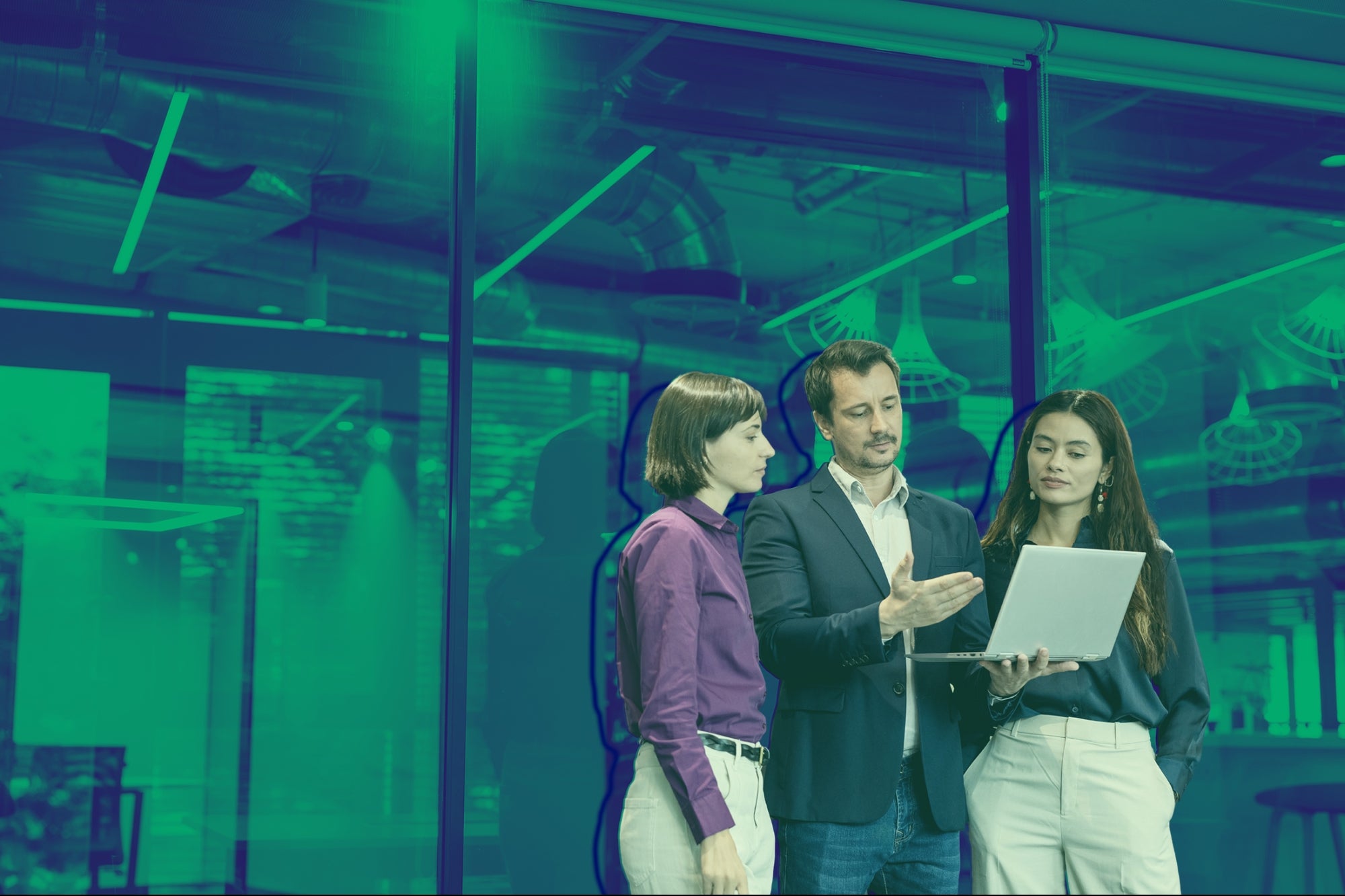If India Accelerates Its Pace Of Production It Can Out-do China's Current Rate In order to create 10-15 product global brands over the next 10 years, we need to invest in hundreds of companies now.
Opinions expressed by Entrepreneur contributors are their own.
You're reading Entrepreneur India, an international franchise of Entrepreneur Media.

Over the last 20 years, while India has focused on "services", China focused on both "manufacturing" and "products". As a result, China is now home to many fast growing brands like Lenovo, Xiaomi, Baidu, Alibaba, etc. India needs to create several high value product companies to grow its US$2 trillion economy and to close the gap with China's US$10 trillion economy.
We have a thriving startup ecosystem with more than 3,500 startups across the country. But, we lack a strong investment ecosystem. In order to create 10-15 product global brands over the next 10 years, we need to invest in hundreds of companies now.
Product-Centric Start-Ups
Product-centric start-ups require a totally different mindset, but create a lot more value and wealth. They require millions of dollars and up to ten years before reaching profitability.
This is quite a contrast from the "services" model. We must create Apple, Google, Amazon, Intel, Oracle, Lenovo, Xiaomi, and Facebooks of the world. In my view, successful startups require passionate and persuasive founders, great vision, innovative technology, strong teams, patient capital, good market opportunity and a little bit of luck. India has no dearth of entrepreneurs, innovation, talent and markets. To speed up the pace of product of innovation, India needs a strong investment backbone (from early-to pre-revenue-to late stage investments).
The Capital Game
Startups need different kinds of capital through its life cycle, from conception to profitability. They start with needing seed capital typically contributed by founders and angels ranging fromUS$100,000 to US$1 million. Then, startups need early and pre-revenue stage investment from VCs and corporates, ranging from US$10 million to US$100 million through multiple rounds of equity financing.
Then, startups need late stage capital from institutional, private equity and corporate investors to support revenue ramp, profitability and IPO, ranges in hundreds of millions of dollars through and a combination of equity and debt financing.
My perspective comes from my own experience of raising more than US $150 million for Soft Machines, a semiconductor company developing advanced VISCTM CPU and SoC products for smart client and cloud markets. We are now closing US$100 million to support creating products, revenue ramp, profitability, and potential IPO over the next 3 years.
Trends
In India, at the moment, there is lot of appetite for participating in late stage and mezzanine rounds by global investors such as Softbank. There are two issues with this trend. First, these are late stage investments. It means products are already proven in the market with some revenues and customer traction. Secondly, most of these investments are done by global investors, which means return on these investments are not going to have a domino effect on other startups as desired. The missing link is early to pre-revenue stage venture capital in the form of series A to series C rounds of equity financing.
Policy Revamp
The Indian government can take inspiration from other countries. Russia has launched Russian Venture Company in 2006 with US$1B as funds that is directly invested in companies as well as in other venture funds. Abu Dhabi sovereign wealth fund, MUBADALA has launched $100B technology fund in 2008 and invested more than US$20B in creating Global Foundries, the 2nd largest semiconductor manufacturing company.
China has launched numerous funds both at provincial and central levels pumping hundreds of billions of dollars into start up ecosystem in the form of investments, incentives, and subsidies targeting specific sectors such as manufacturing, semiconductors etc.
This is a unique approach to aggregate and accelerate the pace of product innovation and catch up to countries like China and US.









